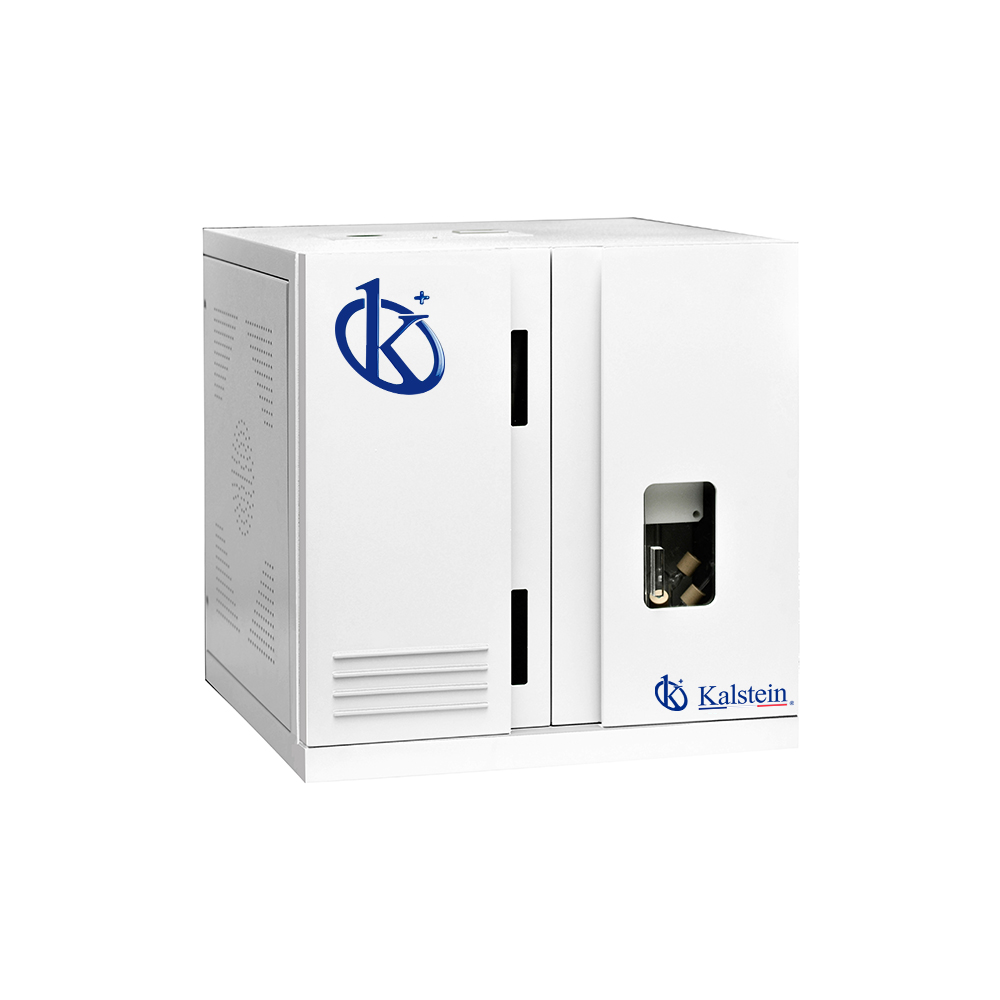The Total Organic Carbon Analyzer (TOCA) is a highly efficient and accurate tool designed to measure the concentration of organic carbon in a variety of samples, from wastewater and marine water to pharmaceuticals and beverages. However, accurate interpretation of its results can be a challenge even for experts in the field.
Efficient interpretation of TOCA results relies on a comprehensive understanding of how this highly specialized instrument works. In essence, the Total Organic Carbon Analyzer quantifies the organic carbon in the water sample by converting it to carbon dioxide through a chemical reaction, then measures the amount of CO2 produced. The TOCA can therefore differentiate between organic and inorganic carbon present in a sample, a crucial factor for its correct and accurate interpretation.
Knowing the Limits and Accuracy of TOCA
When interpreting TOCA results, it is essential to be familiar with its limits and accuracy. Each TOCA model has a minimum detection limit and a maximum measurement range. The operator must ensure that the concentration of total organic carbon in the sample is within the range of the analyzer to obtain accurate results. In addition, the precision of the TOCA, which is usually expressed as a percentage, must also be taken into account when interpreting the results. Higher precision means more reliable and reproducible results.
Another crucial aspect in the correct interpretation of TOCA results is to be aware of possible disturbances or interferences to which the analyzer may be exposed. For example, some compounds, such as halides or volatile substances, may interfere with TOCA measurements, causing an underestimation or overestimation of the total organic carbon content. Knowing these disturbers will allow the operator to take corrective action and ensure the accuracy of the results.
Becoming Familiar with TOCA Measurement Disturbances
In conclusion, the Total Organic Carbon Analyzer is a useful and versatile tool for measuring the concentration of organic carbon in a multitude of samples. However, accurate interpretation of its results requires a thorough understanding of its operation, limits and perturbations.
Meeting these keys will allow users to take full advantage of the capabilities of this sophisticated instrument, contributing to informed decision making across a broad spectrum of applications and disciplines. Kalstein as a manufacturing company we make sure to meet all your needs and satisfy your laboratory requirements, we have the best price, sales consultants in any window of the world, meet our YR series of laboratory TOC analyzers HERE.

